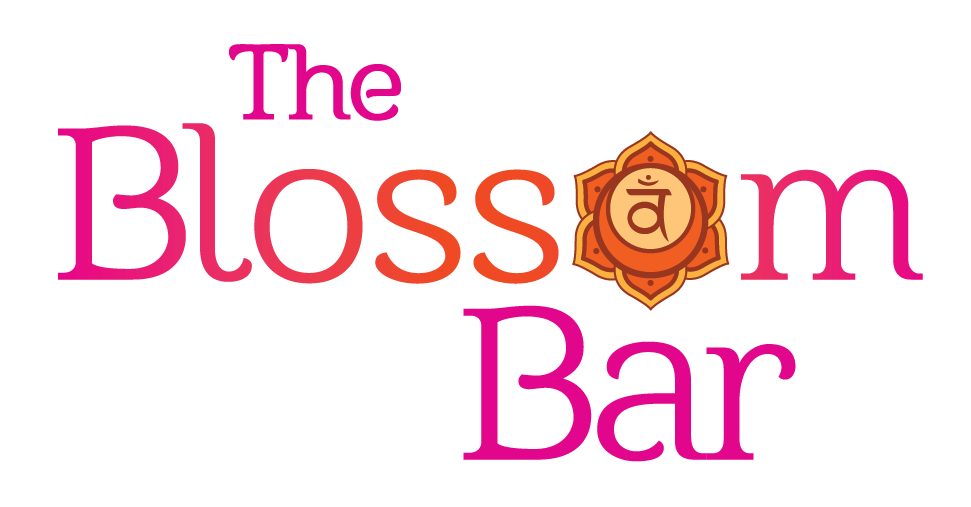Tips for blending essential oils into fragrant masterpieces
There are a lot of variables when formulating an essential oil blend, as you probably have discovered. Even if you’re using a recipe from a certified aromatherapist, you may be surprised by the difference in scent between what you created and their version of the blend.
Here are a few tips that will help you feel more confident about blending essential oils and get you beautifully fragrant results.
Blending essential oils well takes some skill.
The importance of essential oil quality
The biggest impact on the final scent will be the quality of the essential oils you're using. Even within that, different lots of the same essential oil from the same distributor can smell slightly different depending on weather, harvesting, and many other factors.
So, how can you tell the quality of an essential oil? Ideally you’d have the opportunity to smell the essential oil and see how the plant materials are grown, harvested, and produced. Most of us don’t have that luxury, and have to figure out quality from what we can gather via websites and trusted aromatherapists. I’ll share will you how I vet a new essential oil distributor.
The first indicator, and most obvious, will be the depth of information made available about each essential oil. What to look for:
Country in which essential oil plant was grown and harvested.
Botanical (Latin) name of plant
Lot number for the batch
Date of bottling
Growing conditions: Organic, wild harvested, conventionally farmed
Extraction process: steam distilled, enfleurage, cold pressed
Notes on the aroma of the essential oil
Any known contraindications (safety info)
Second, take a look at the price. Is it on par with other quality essential oil distributors? Astonishingly low prices are a red flag for many essential oils and absolutes. This usually means they are diluted with less expensive essential oils and carrier oils.
Lastly, find out how the distribution company packages the essential oils. I recently ordered from a new company and they sent the essential oils in dropper bottles instead of air tight bottles. Dropper bottles allow for oxidation of the essential oils, the number one cause of essential oils losing their vitality and therapeutics qualities.
Getting a uniform scent for multiple bottles
When I formulate for more than one bottle of the same product I will produce one batch of it in a beaker so that all bottles have the same scent profile. That also helps when you only need a small amount (i.e. less than 1 drop) of an oil in the blend. By batching it the math works out more easily and you'll get uniformity among the bottles.
How to pour the essential oils
I use plastic disposable pipettes when I measure out the drops. I don't pour straight from the bottle. Drop sizes vary depending on the viscosity of the essential oil. Measuring out drops with a pipette gives more uniformity from batch to batch, and prevents extra drops sneaking into the aromatherapy blend. For thicker oils and resins, like sandalwood or myrrh, I use a scale to measure the weight of the oil needed in the blend since thick resins, absolutes, and essential oils don’t come out in drops - it’s more like blobs with the thicker ones.
Which carrier oil to use with essential oils
Which carrier oil you use can also impact the final scent. I tend to use organic jojoba oil for most oil-based essential oil blends because it is non-allergenic, stable (it has a long shelf life), and has a very light, almost indiscernible odor. Oils such as olive, sesame, and hemp have strong odors of their own, which will impact the scent of your aromatherapy product. If your aromatherapy product is more for acute, therapeutic use, the final scent may be of less importance. Most of the time, though, the more pleasing the scent of the product, the more the recipient will want to use it. Even the best aromatherapy blend won’t be effective just sitting on the shelf, unused!
Blending essential oils like a pro
I hope these tips give you a confidence boost for blending essential oils for your own use. Playing around with essential oil combinations and creating new aromatherapy is pretty much my favorite thing, and I hope you can share this joy! If you have any questions please leave a comment or email me.

